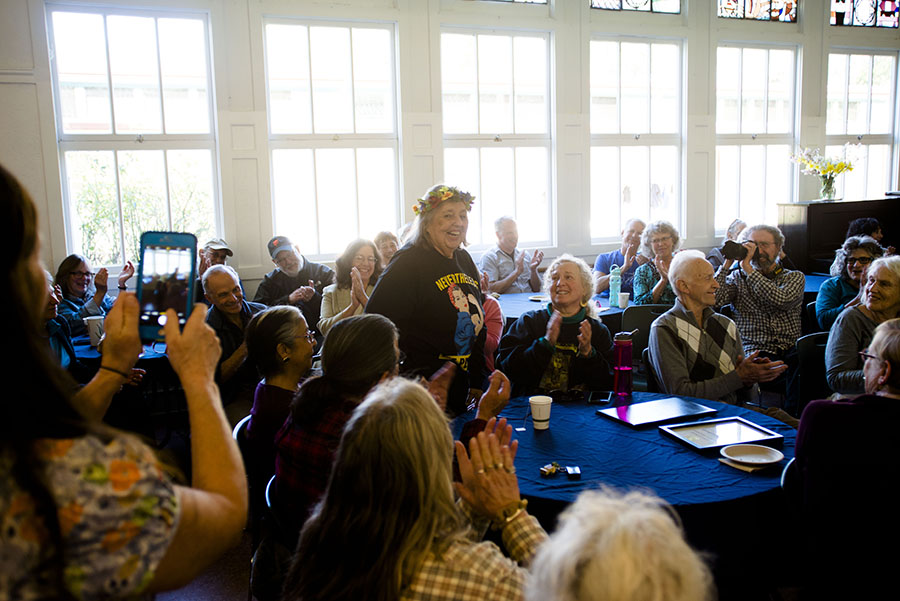The Valley Room at the San Geronimo Valley Community Center brimmed last Thursday during a celebration for Suzanne Sadowksy, the center’s sustainability director . . .
Suzanne Sadowsky retires, receives honors for career


The Valley Room at the San Geronimo Valley Community Center brimmed last Thursday during a celebration for Suzanne Sadowksy, the center’s sustainability director . . .